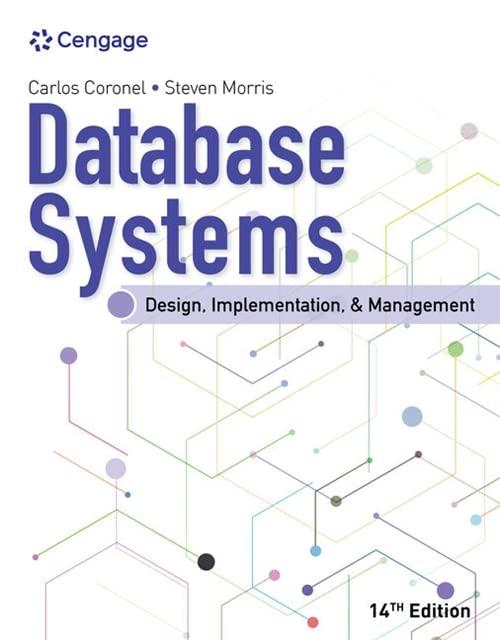Answered step by step
Verified Expert Solution
Question
1 Approved Answer
Let us consider the Turing machine M1 = ({s0, s1, s2, s3, s4, s5}, {0, 1, 2}, {0, 1, 2, x, y, z, ?}, ?,
Let us consider the Turing machine M1 = ({s0, s1, s2, s3, s4, s5}, {0, 1, 2}, {0, 1, 2, x, y, z, ?}, ?, s0), with the following transition function represented as a table:
| ? | 0 | 1 | 2 | x | y | z | ? |
| s0 | (s1, x, R) | ? | ? | ? | (s4, y, R) | ? | ? |
| s1 | (s1, 0, R) | (s2, y, R) | ? | ? | (s1, y, R) | ? | ? |
| s2 | ? | (s2, 1, R) | (s3, z, L) | ? | ? | (s2, z, R) | ? |
| s3 | (s3, 0, L) | (s3, 1, L) | ? | (s0, x, R) | (s3, y, L) | (s3, z, L) | ? |
| s4 | ? | ? | ? | ? | (s4, y, R) | (s4, z, R) | (ha, ?, R) |
a. Show that 001122 is accepted by M1 . Describe the step-by-step transitions of the Turing machine when accepting this string;
b. What is L(M1)?
Step by Step Solution
There are 3 Steps involved in it
Step: 1

Get Instant Access to Expert-Tailored Solutions
See step-by-step solutions with expert insights and AI powered tools for academic success
Step: 2

Step: 3

Ace Your Homework with AI
Get the answers you need in no time with our AI-driven, step-by-step assistance
Get Started


